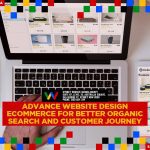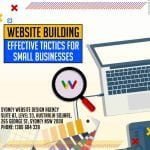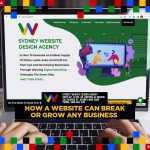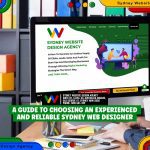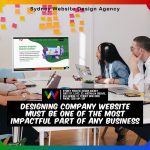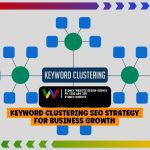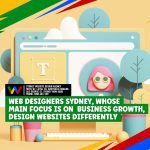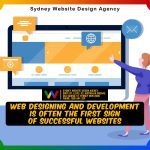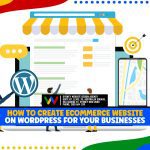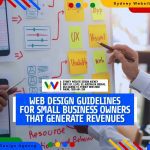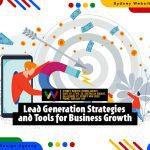Elevate Your Website with Expert Design Help
When it comes to website design, it’s essential to invest in the best possible design you can afford. A well-designed website can make a good first impression on potential customers, and it can also help increase leads and conversions. Additionally, a well-designed website provides an excellent user experience, making it easy for visitors to navigate around your site.
If you’re seeking help with your website design, Sydney Website Design Agency can assist you in strengthening your skills. With their help, you can create a website that not only looks great, but also functions well. So if you’re ready to take your website to the next level, Sydney Website Design Agency is the perfect place to start.
Introduction
Web design is one of the most important aspects of a successful website. It’s what captures people’s attention and keeps them engaged. But with so many web design trends out there, it can be hard to know which ones are worth paying attention to.
Why is it beneficial to have a good website design? A well-designed website may help you make a good first impression on your potential consumers. It can also aid in the nurturing of leads and increased conversion rates. However, more significantly, it gives outstanding user experience and makes it simple for visitors to get around your website.
Sydney Website Design Agency has skilled and talented staff to help you strengthen your website’s design and your online business a success . If you’re ready, we can take you to the next level!
Table of Contents
- What Defines a Successful Website
- What are the Most Common Web Design Standards?
- Defining The Outcome Of Your Web Design
- Planning out Web Design Assets
- Making your brand stand out in your website design
- How to Implement Web Design Practices
- Is Design Really Important aspect of Your Website
- Factors that Contribute to a Successful Website
- FAQs
- Long-Term Strategies for the Best Web Design Practices
What Defines a Successful Website?
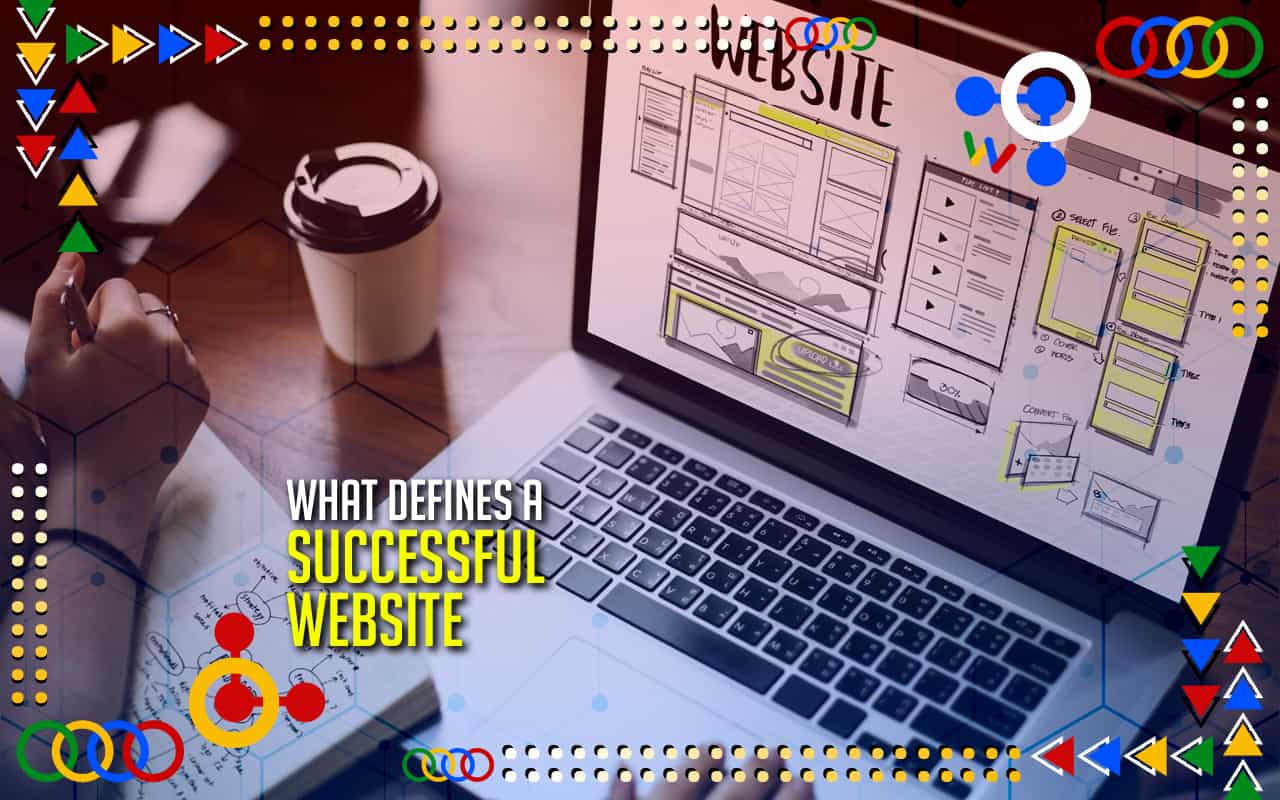
A successful website is one that achieves its goals. Whether those goals are to sell products, generate leads, or simply provide information, a successful website must be designed with its audience and purpose in mind. The visual elements that it features coincides with the brand’s needs while offering an easy-to-use and responsive design to its target market.
A good website can have a significant influence on your customer relationship and, as a result, may be one of the most powerful tools you have for attracting visitors and establishing trust. This may help you increase sales and develop a strong client base. It features consistent branding, visual hierarchy, and other website elements that offer experiences most website visitors expect.
If you want your customers to have a positive experience on your website and potentially return in the future, you need to make sure it’s attractive. That’s why businesses of all sizes invest in hiring professional website designers and developers to create the best possible design and function for their website.
What are the Most Common Web Design Standards?

There are five fundamental components of web design, each one of which contributes to the overall user experience in some way. As a result, you must ensure that a single element does not detract from the entire website. Here are the five elements:
Content
If you want people to spend more time on your website, make sure your content is engaging, informative and aesthetically pleasing. This means including videos, images, and news that are relevant to your users.
Design
Your website’s design should be clean and easy to navigate. All the elements on your pages should work together to create a cohesive user experience.
Usability
Make sure your website is easy to use. Users should be able to find what they’re looking for quickly and easily. If they can’t, they’ll likely leave your site and go to one that is easier to use.
Speed
Your website must load quickly. If it doesn’t, users will likely leave before they even have a chance to see your content. Make sure all the elements on your pages are optimised for speed.
Security
Ensure that your website is secure. This means using SSL certificates and other security measures to protect users’ information.
By following these best practices, you can create a successful website that provides a positive user experience. Doing so will help you attract and retain more visitors, which can ultimately lead to more customers and sales.
Defining The Outcome Of Your Web Design
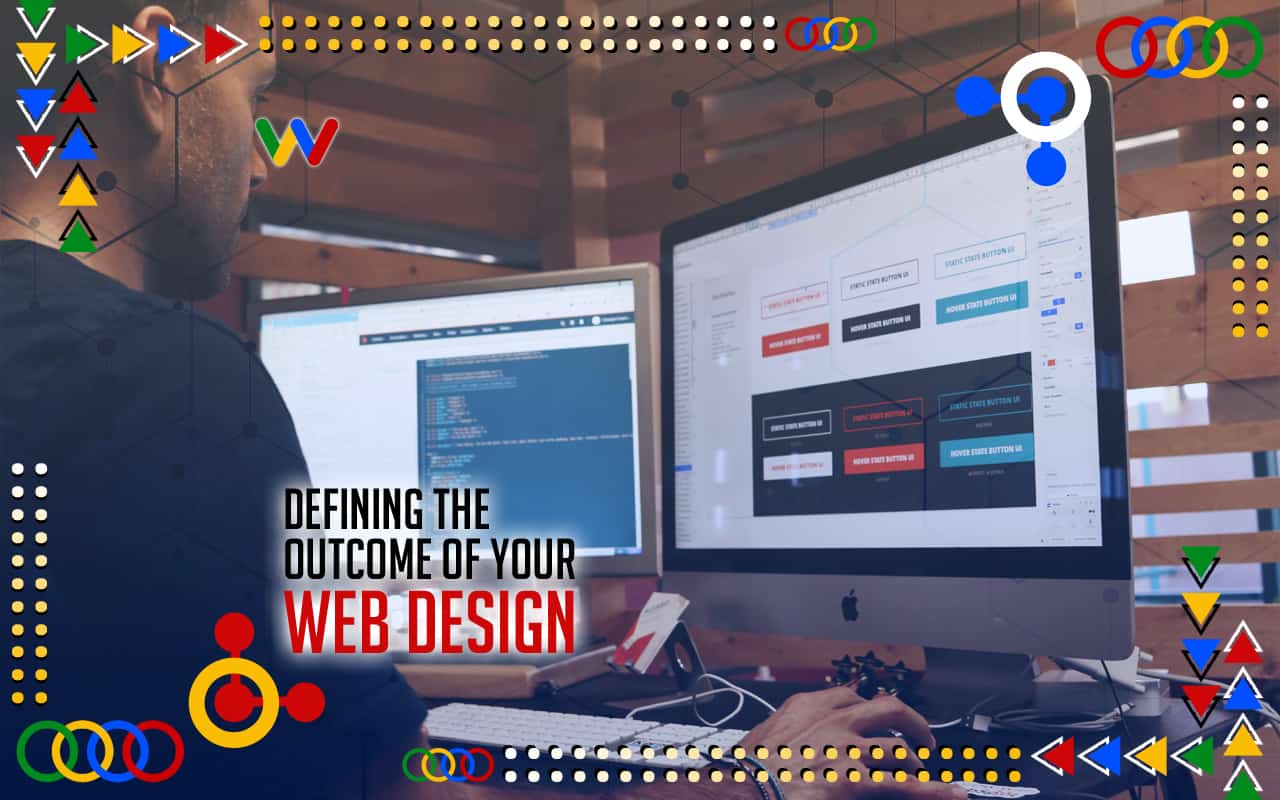
Now that you are decided in hiring a web page designer or web design agency for your business website, the next step is defining your expectations.
What are the design elements that you want to have on your website? Will you immediately require digital marketing?
Let’s get your expectations close to what most successful web designs look and function nowadays. These are a few of the design concepts you should expect from web development and design service:
Simple and Clear Navigation System
The navigation system of your website should be able to guide users to their target destination without any hassle. The design should be straightforward, and the labels should be easily understandable.
Your website’s navigation bar is one of the most important design elements because it can make or break the user experience. A good navigation bar will help users find what they are looking for quickly and efficiently. A bad navigation bar, on the other hand, will frustrate users and make them leave your site.
Easy to Read Typography
The typography on your website should be easy to read. The font size should be large enough to be legible, and the colour should contrast well with the background. The line height and letter spacing should also be appropriate to make the text easy to read.
In general, sans-serif fonts are more legible than serif fonts, so they are a good choice for body text. For headings, you can use a more decorative font, but make sure it is still legible.
Fast Loading Website
Users expect websites to load immediately, not piece by piece or with a loading screen. If your website doesn’t meet this expectation, it could be negatively affecting your success and sales. Make sure you take the time to optimise your website’s loading speed.
Great Visual Elements
Your website should have great visual elements that are well-designed and eye-catching. The visual elements should be used to support your content, not overshadow it.
Design Consistency
The design of your website should be consistent across all pages. This means using the fonts, colours, and visual elements on every page. The only time you would deviate from this is if you are trying to highlight a specific element on a particular page. It should be aligned to what your brand and service is all about.
Secure and Reliable Hosting
Your website should be hosted on a secure and reliable server. This will ensure that your website is always available and that your visitors’ data is safe.
Regular backups should also be made to ensure that you can restore your website if something goes wrong. You need to have a secure web host and on site security systems should be in place, especially for eCommerce websites.
Planning Out Web Design Assets

The catch-all term “asset” in web design refers to all the items required to complete a project successfully. In terms of web design and development, “assets” are frequently used to describe text content, graphics, photographs, videos, audio files, and databases.
Text Content Management System
Content is the bread and butter of any website. It’s what draws people to your site and keeps them coming back for more. That’s why it’s so indispensable to make sure your content is well-written, relevant, and engaging.
Graphics
Graphics are another critical element of web design. They can help to break up text, add visual interest, and illustrate concepts. Photographs are yet another type of asset that can be used in web design. When used correctly, they can add a real sense of depth and personality to a site.
Videos and Movies
Movies and audio files can also be used as assets in web design. They can provide educational content, entertainment value, or both.
Videos in particular are becoming increasingly popular as a means of delivering content. As broadband speeds continue to increase, it’s becoming easier for people to view high-quality video without having to wait for long periods of time.
Databases
Databases are another type of asset that can be used in web design. They can store information such as customer data, product information, or any other type of data that might be needed by a website.
Pages
Well-designed landing pages are key to any business’s marketing strategy. They aim to capture a visitor’s attention and persuade them to act, whether that be signing up for a newsletter or making a purchase.
What do you need to know about designing a landing page that is effective enough to convert visitors and get them to buy or subscribe?
Your landing page content should be concise and focus on your unique value proposition (UVP). The type of content you offer will depend on the product or service you’re selling. Remember that users only have a few seconds to decide if your offer is worth pursuing, so make sure it’s clear and enticing from the start.
Excessive data might put visitors off and cause them to abandon the site immediately. Use simple language to interact with your audience and explain how you may improve their lives.
Landing pages are used by a wide range of businesses and individuals to reach out to their target audiences. Landing pages offer distinct possibilities for companies to launch targeted marketing efforts, rather than website homepages. Your web page layouts should be designed with ease of use in mind.
The difference between a non-converting and converting landing page is professional design. A technically good landing must also have well-organised content to up the conversion rate. Details are key, as each factor impacts the viewer’s likelihood of convert into a lead. The cleaner and more concise a landing page, the greater chance it has in converting users. Additionally, create keyboard accessible links to make it easier for your audiences even more.
Content
It would be more accurate to say that high-quality content is the cornerstone of your website, rather than simply stating that content is vital for your website. Your website’s foundation should be comprised of a solid structure with well-written and researched content. A few of the factors to consider when creating content for your website are the following.
Readability
The average person reads at a 7th-8th grade level. That doesn’t mean all of your content should be written at that level, but it’s important to remember when you’re writing for the web, you need to get your point across quickly and clearly. Breaking up your content into small paragraphs with headlines will help make your content more digestible. Additionally, your content should be easy to read and access via mobile devices.
SEO
Search engine optimisation is significant for helping people find your website through search engines like Google, Bing, and Yahoo. When creating content, use keyword-rich titles and descriptions to help improve your website’s visibility. Place call to actions in ideal locations around the website layout.
Relevance
Make sure the content on your website is relevant to what you do or sell. If you own a pet store, your website should have content about pet care, products, and services. If you offer a service like web design, your website should have content that showcases your work and highlights your skills.
Engagement
To keep people coming back to your website, you need to create content that is engaging and interesting. Use images, infographics, videos, and other types of multimedia to break up your text and add visual interest. Ask questions and encourage comments from your readers to start a conversation.
Images
Humans are unquestionably visual creatures. With the advent of the advertising business, marketers have long recognised the power of imagery to evoke a wide range of responses. Visual hierarchy plays a big role on how your audiences will perceive your website.
Avoid Using Cliché Photos
Cliché images are those that have been used time and time again because they are easy to find and usually look good. However, using the same old images can make your website look dated and unoriginal. Find photos that are unique and represent your brand in a fresh way. This is one of the best practices that most online brands often forgets.
Make Use of Negative Space
Negative space is the area around and between the elements on your page. It’s important to use negative space effectively so that your page doesn’t look cluttered and overwhelming. Leaving sufficient negative space will make your content easier to read and digest. Websites created with too many things happening on the landing pages are frequently very hard to use.
Use High-Quality Images
The quality of the images you use on your website will have a big impact on how professional it looks. Be sure to use high-resolution images that are clear and free of any blurriness or graininess.
Optimise Your Images
In addition to using high-quality images, you’ll also want to make sure that they are properly optimised for the web. This means saving them in the correct file format and sizing them so that they load quickly on your website. Your site speed is affected if you fail to optimise images during the design process. A mobile responsive website that is fast loading at the same time is a good practice, every website owner should always guarantee their audiences.
Use Fewer Fonts
Using too many fonts can make your website look messy and unprofessional. Stick to one or two fonts for your headlines and body copy. Use a third font sparingly for accents or special elements. Another website design best practices that so many web designers often forget is the use of fewer fonts. Other elements such as site speed are also influenced by the fonts used in a website design.
Make Sure Your Fonts Are Legible
Your fonts should be legible at all times, even when viewed on a small screen. Use fonts that are easy to read, such as sans serifs. Avoid using decorative or script fonts that may be difficult to read. Desktop users and mobile users alike needs to experience a site performance ideal for fast browsing, especially for an ecommerce site.
Choose the Right Colours
The colours you use on your website will have a big impact on its overall look and feel. Be sure to choose colours that compliment each other and create a pleasing aesthetic. Avoid using too many colours as this can be jarring to the eye.
Stick to a Minimal Design
Less is almost always more when it comes to web design. A minimalistic approach will give your website a clean, modern look. Avoid adding unnecessary elements or clutter to your pages. One of the web design best practices is to keep your websites minimal in design, yet robust in content and offering for your target market.
Make Sure Your Website Is Mobile-Friendly
With the majority of internet users now accessing the web from a mobile device, it’s more important than ever to make sure your website is optimised for these users. This means creating a responsive design that looks great on all screen sizes.
Pay Attention to Page Speed
The speed of your website is another significant factor in determining its success. For us, it is one of the most critical web design practices every web designer should pay attention too. No one wants to wait around for a slow-loading website. Be sure to optimise your images and code to ensure your pages load quickly. If your landing pages loads slower than 3 seconds, it would be a possible nuisance for your target audience.
By following these best practices, you can create a successful website that looks great and functions properly. Give your visitors what they want and need, and you’ll be sure to see success.
Making Your Brand Stand Out in Your Website Design

Again, it would be best to be a diamond in a sea of stars. Your website needs to stand out against your competitors to be able to be noticed by your audiences. Regardless of having the best service or product in the market, failure to get noticed will not give your target market the opportunity to experience what you have to offer.
To make your brand stand out, consider the following:
Use a unique colour palette
Most of the time, people would just go with their gut feeling or what they think looks good. Although there’s nothing wrong with that, it wouldn’t hurt to do your research first and find out which colours work best for your industry or target market.
Have a Clear and Concise Message
Make sure that your website visitors know what you’re all about within seconds of landing on your site. You can do this by having a clear tagline or USP (Unique Selling Proposition).
Invest in High-Quality Visuals
People are visual creatures, so make sure that the images and videos on your site are of high quality. This will not only make your site look more professional, but it will also give your visitors a better user experience.
Pay Attention to the Details
It’s the small things that matter most, so make sure that you’re paying attention to even the smallest of details. This includes things like ensuring that all your links are working, using proper grammar, and having a well-designed 404 error page.
Make Navigation a Breeze
One of the most important aspects of web design is navigation. Your visitors should be able to find their way around your site with ease, so make sure that your navigation is well-designed and easy to use.
Although the design of your website is essential, it shouldn’t take away from the content. Make sure that your content is well-written, informative, and engaging.
How to Implement Web Design Practices
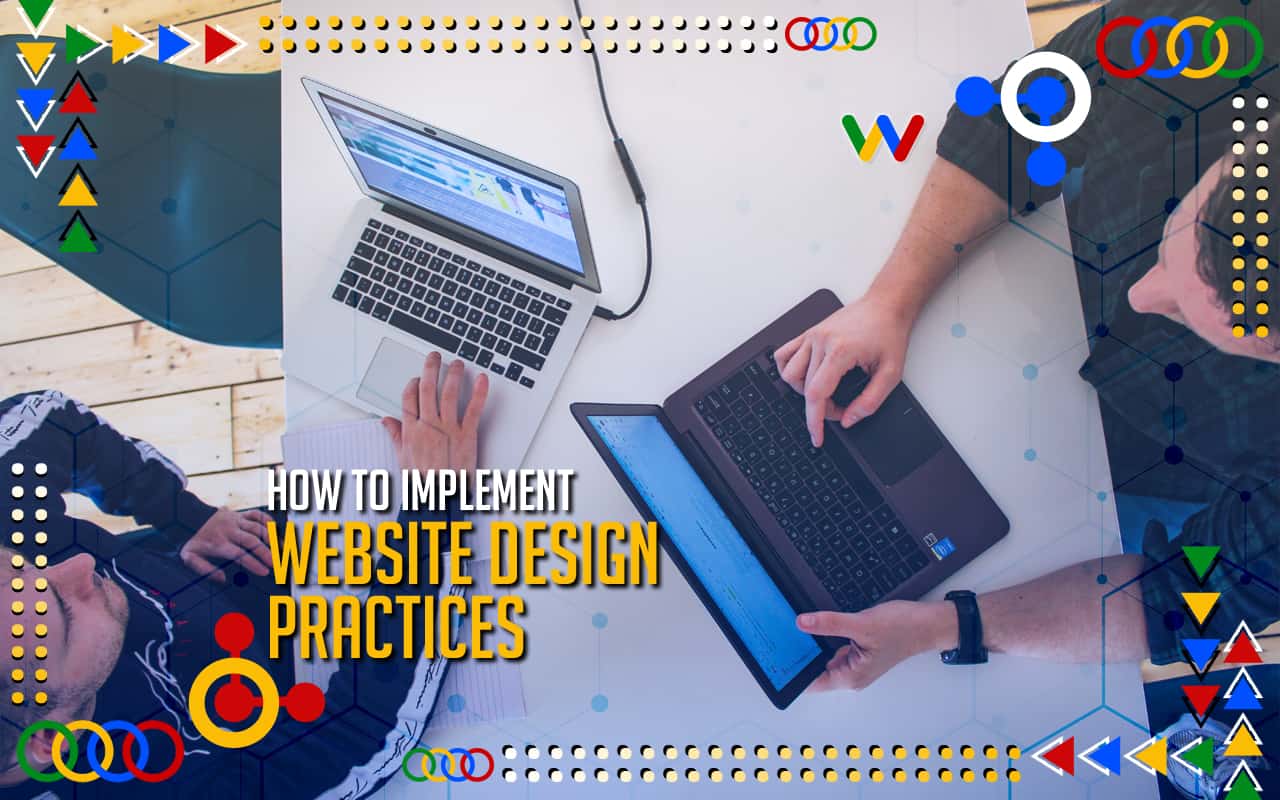
Here are 13 web design best practices that all successful websites have in common:
1. A well-defined purpose
Every landing page should have a clear and specific purpose. Whether you’re looking to promote a product, generate leads, or increase brand awareness, your goal should be evident from the get-go.
2. A strong headline
Your headline is one of the first things visitors will see when they land on your page, so it’s important to make it count. It should be attention-grabbing and accurately reflect what your page is about.
3. Compelling copy
The body copy on your landing page should be clear, concise, and persuasive. It should explain what you’re offering and why visitors should care.
4. A focus on the benefits
When promoting a product or service, it’s significant to focus on the benefits rather than the features. What will your visitors get out of using your product or service? How will it improve their lives?
5. A call to action
Every landing page should have a call to action (CTA), which is an explicit instruction to the visitor telling them what you want them to do. Your CTA should be clear and easy to spot, and it should be relevant to the page’s purpose.
6. A sense of urgency
Creating a sense of urgency can be an effective way to get visitors to act. If you’re running a sale or promotion, make sure to include information about it on your landing page.
7. A focus on the user experience
The user experience (UX) of your landing page is crucial. Everything from the layout to the copy should be easy to understand and navigate. If users can’t figure out how to use your page, they’re likely to leave without taking any action.
8. Optimised for mobile
In today’s world, it’s essential to optimise your landing pages for mobile devices. More and more people are using their phones and tablets to browse the internet, so you need to make sure your page looks good and works well on smaller screens.
9. High-quality visuals
The visuals on your landing page should be high-quality and relevant to the page’s content. They should help convey your message and persuade visitors to take action.
10. Social proof
Social proof is a powerful persuasion technique that can be used on landing pages. It essentially means using testimonials, reviews, and other forms of user-generated content to show potential customers that others have had positive experiences with your product or service.
11. A/B testing
A/B testing is a method of experimentation where you create two versions of a landing page and see which one performs better. This is a valuable way to fine-tune your page and ensure that it’s as effective as possible.
12. Lead capture forms
If you’re looking to generate leads on your landing page, then you’ll need to include a lead capture form. This is a form that visitors can fill out to provide their contact information.
13. Analytical tools
Finally, it’s important to use analytical tools to track the performance of your landing page. Google Analytics is a free tool that can be used to track things like page views, bounce rate, and conversion rate.
By following these 13 web design best practices, you can create a landing page that is more likely to convert visitors into leads or customers.
Is Design Really Important Aspect of Your Website

Most people would say yes, but there are some who would disagree. Your website’s design is important for many reasons. It needs to be visually appealing to your target audience, easy to navigate, and reflective of your brand. A well-designed website will also help you rank higher in search engine results pages (SERPs), which can lead to more traffic and conversions.
Your website should be built with your target audience in mind and should guarantee increased user pleasure. Your brand’s online presence is made up of several components, but none are more essential than your website. It’s the first stop for anyone looking to find out more about your company, and it needs to make a good impression.
A website that is difficult to navigate, has outdated information, or is simply not visually appealing will likely drive potential customers away. On the other hand, a well-designed website that is easy to use and provides relevant information can help you attract and retain customers.
Factors that Contribute to a Successful Website
Your website is often your audience’s first impression of your business. You only have a few seconds to make a positive impact.
Your audience will form an unfavourable impression of your company if your website is unattractive or out of date. They won’t find your site appealing, which will deter them from visiting your site. Because they’ll abandon yours for a competitor’s page, you’ll miss out on leads.
The way your website is designed will leave an impression on viewers that could make or break whether they stay to learn about what you do or move on to a competitor. Having a well-designed website helps keeps readers engaged and interested in learning more about your business.
Web Design Best Practices Frequently Asked Questions
What are some website design best practices?
Website design best practices include creating a user centric design, using a consistent colour scheme, and ensuring mobile device compatibility.
These practices help enhance user experience and improve search engine optimization. Incorporating interactive elements and dynamic content can keep users’ attention and guide them through the site effectively.
How important is visual design in web development?
Visual design is crucial as it directly impacts users’ attention and engagement. Elements such as colour scheme, visual hierarchy, and white space help create a good website layout.
Visual cues and a clear visual hierarchy guide web users through the site, making it easier to find important elements and ensuring a user friendly experience.
What role does search engine optimization play in web design?
Search engine optimization (SEO) is vital for making your site visible to search engines. Best practices include optimising meta descriptions, using relevant keywords, and ensuring search engines understand your content. Good SEO practices make it easier for search engines to index your site, leading to better visibility and higher rankings.
How can user testing improve a website?
User testing involves evaluating a site with real users to identify usability issues. Conducting usability tests and user tests helps understand how users interact with the site and what improvements are needed.
User testing ensures the site meets the needs of your target audience and provides a user centric content experience.
Why is responsive design important?
Responsive design ensures that your site functions well on all devices, including desktops, tablets, and smartphones. A mobile site with a responsive layout adapts to different browser windows, providing a seamless experience across devices.
This approach not only improves user experience but also boosts SEO as search engines favour mobile-friendly sites.
How does a consistent colour scheme impact brand identity?
A consistent colour scheme helps reinforce brand identity and creates a cohesive look throughout the entire site.
Adhering to brand guidelines ensures that all web pages align with your brand’s visual standards, enhancing visual appeal and making your site instantly recognizable to users.
What are the benefits of using grid based layouts?
Grid based layouts provide a structured approach to designing web pages, ensuring consistency and alignment.
They help in organising content users and other visual elements, making the site easier to navigate and more aesthetically pleasing.
Grid based layouts also support responsive design, allowing your site to adapt smoothly to different screen sizes.
How can interactive elements enhance user engagement?
Interactive elements like sliders, forms, and videos can significantly boost user engagement. They provide dynamic content that captures users’ attention and encourages interaction.
Using interactive content strategically can guide users through the site, highlight important elements, and persuade users to take desired actions, such as making a purchase or signing up for a newsletter.
What should be considered when designing a pricing page?
A well-designed pricing page should be clear and straightforward, using a good website layout to present pricing options.
It should include visual cues to highlight the most popular or best value options, making it easy for users to compare and decide.
Including testimonials, guarantees, and clear calls-to-action can further persuade users to become paying customers.
How do assistive technologies affect web design?
Designing for assistive technologies like screen readers ensures that your site is accessible to all users, including those with disabilities.
This involves using semantic HTML, providing alt text for images, and ensuring keyboard navigability.
Accessible design not only helps more users interact with your site but also improves SEO, as search engines prioritise accessible content.
Long-Term Strategies for the Best Web Design Practices
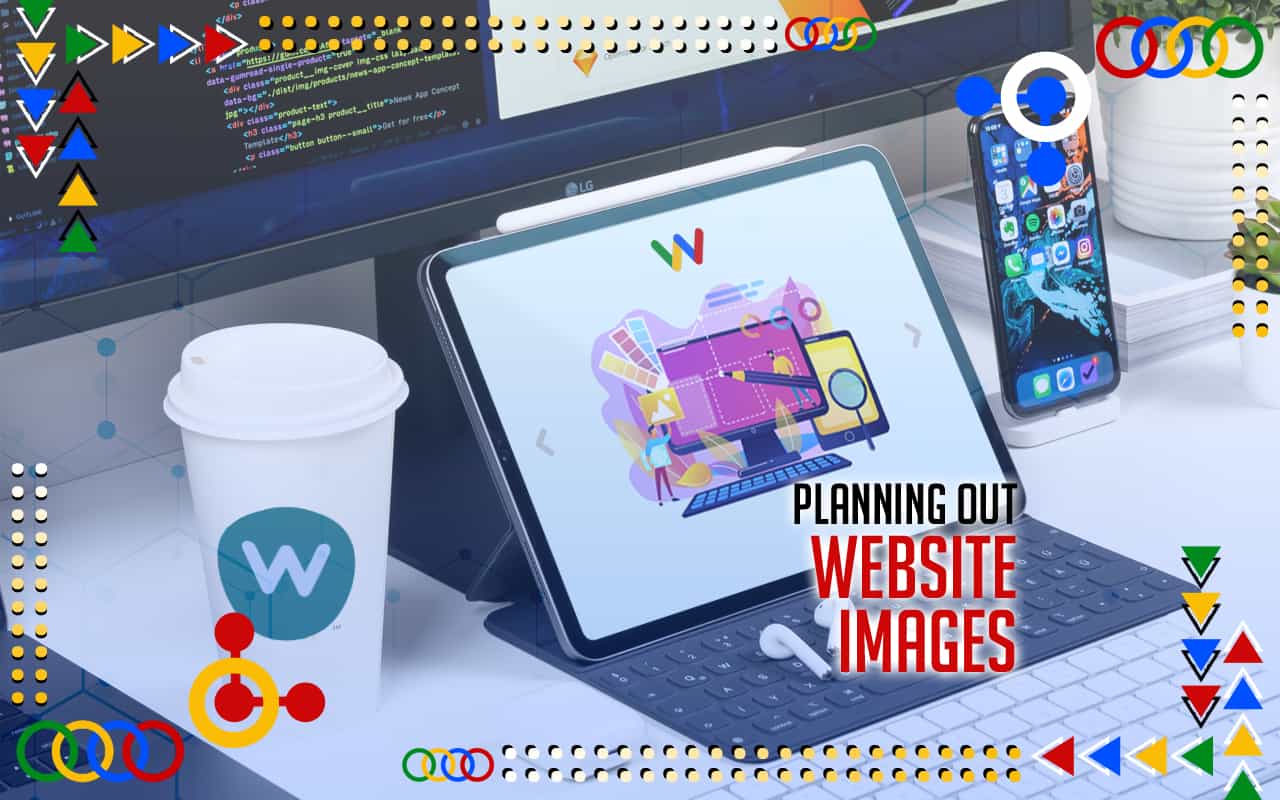
There are a variety of smart web design practices that can help your business achieve its goals. Some of these practices include creating a style guide, using web analytics, and establishing a content strategy. By using these practices, you can create a strong web presence that will help you reach your target audience.
When it comes to website building for small businesses, there are a few key steps that you need to take to ensure that your website is effective in reaching your target audience and helping you achieve your business goals. In this blog post, we will outline these key steps for you, so that you can build a website that is right for your business.
















